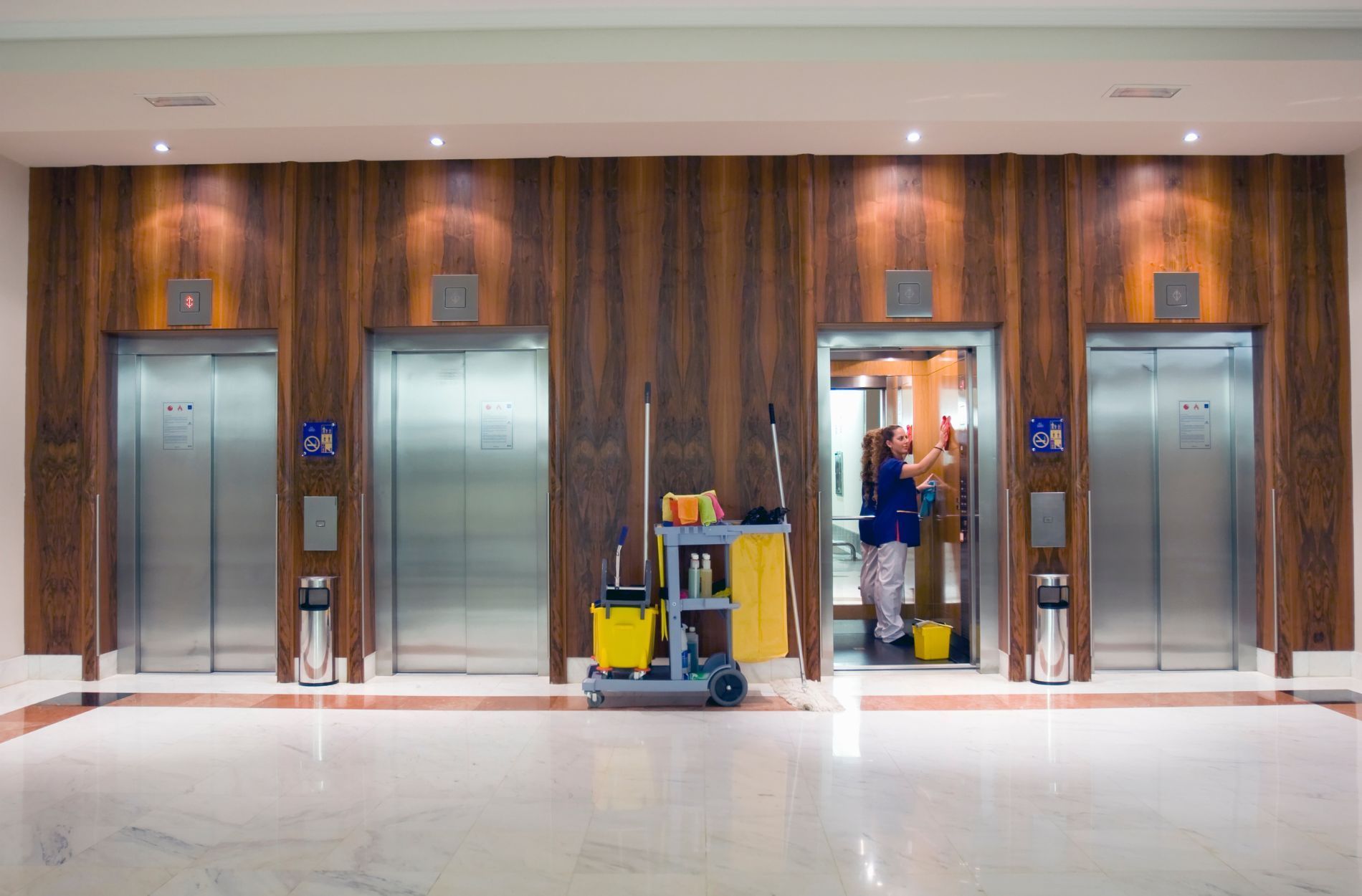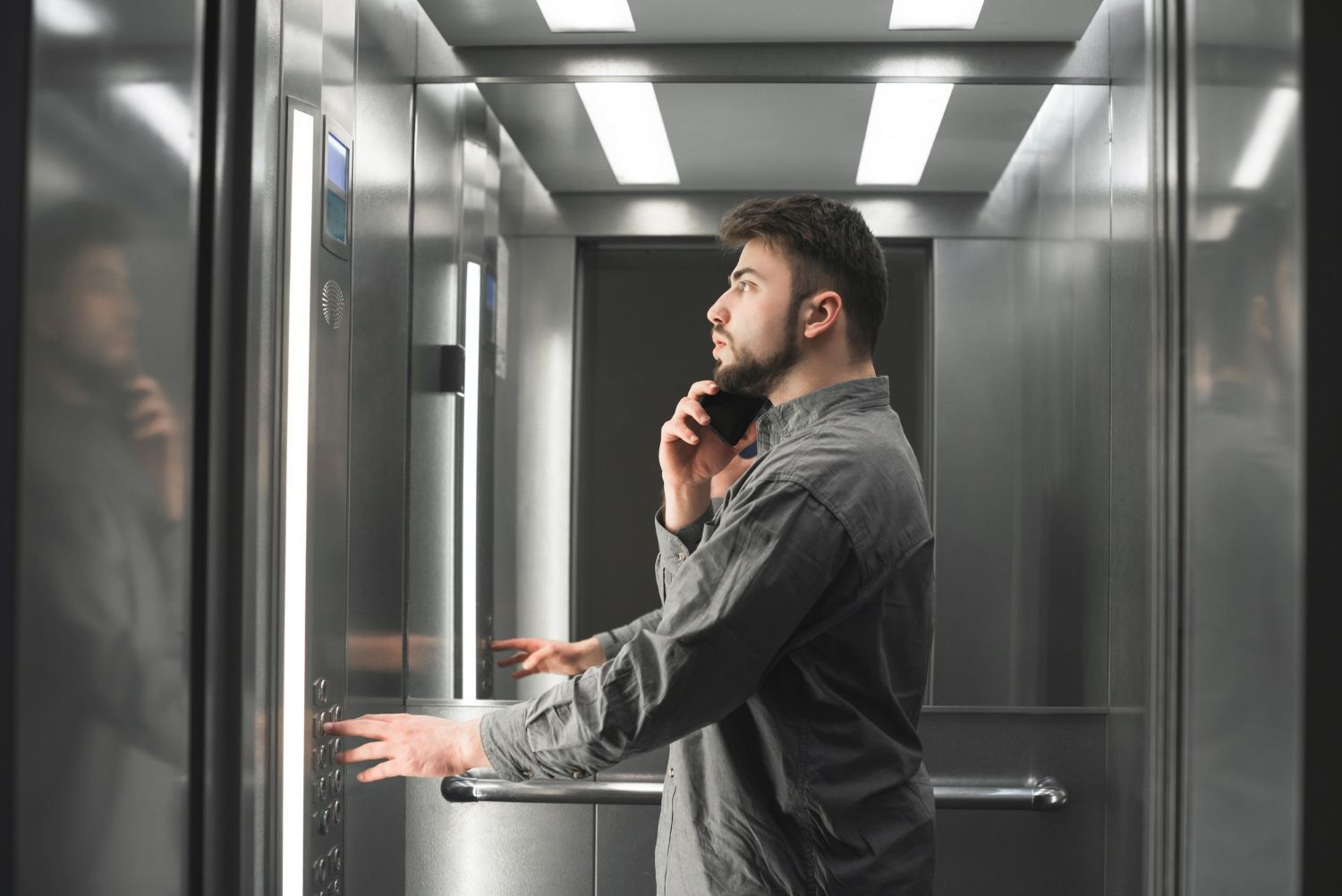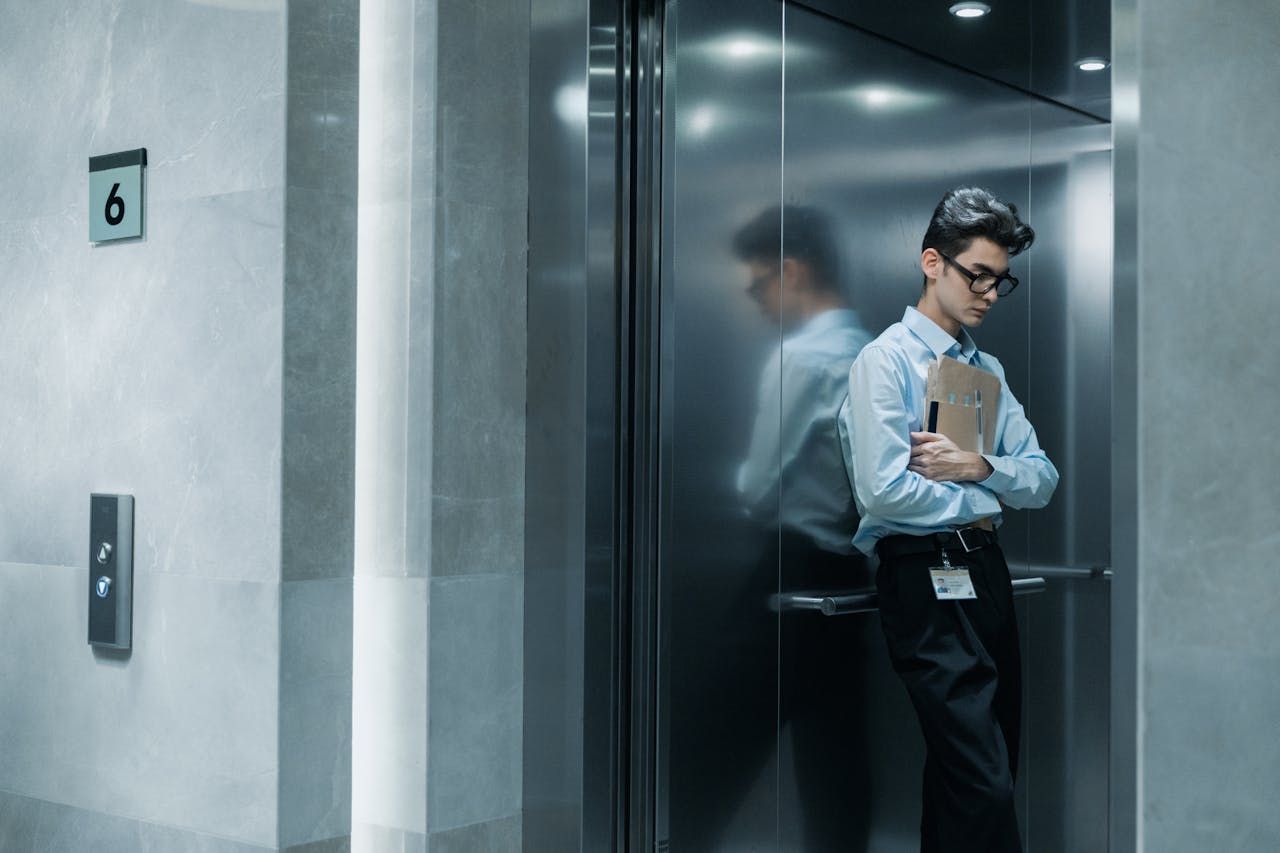Enhancing Elevator Safety: Key Features for Your Building's Vertical Transportation
Elevator safety is a top priority for any building owner or manager, as ensuring the well-being of occupants and visitors is fundamental to the success of your property. A well-maintained and properly functioning elevator system is essential to guarantee safety, comfort, and reliability for everyone who uses it. As advances in vertical transportation technology continue to emerge, integrating the latest safety features and systems is crucial to maintaining the highest safety standards possible, giving you peace of mind knowing that your elevators are operating securely and efficiently.
In this article, we will discuss the most important safety features and technologies that you should consider incorporating into your building's elevator system. We will explore critical measures such as emergency communication systems, fail-safe braking mechanisms, and advanced door sensors, among others, all of which contribute to a safer elevator experience. Moreover, we will showcase how our knowledgeable team at Elevator Solutions Inc. can help guide you in selecting and implementing the most suitable safety features for your specific elevator system, ensuring consistent compliance with industry regulations and the safety expectations of your building's occupants.
At Elevator Solutions Inc., we take elevator safety very seriously and are committed to delivering solutions that meet and exceed industry standards. Our expert team stays up-to-date with the latest safety technologies and trends, enabling us to provide you with the best guidance and support to create a safe and secure vertical transportation experience in your building.
Whether you are looking to upgrade your existing elevator system or install a new one, incorporating the latest safety features and technologies is of paramount importance. Partner with our specialists at Elevator Solutions Inc. to ensure your building's elevator system not only meets but surpasses safety requirements, providing your occupants the confidence to travel vertically with ease and peace of mind.
Essential Safety Features to Consider for Your Building's Elevator System
1. Emergency Communication Systems
When an emergency arises in an elevator, effective communication is essential to ensuring the safety of the passengers. Modern elevator systems should be equipped with two-way communication devices that allow passengers to communicate directly with building security or emergency personnel. Additionally, consider incorporating features such as:
- Braille and tactile signage for visually impaired passengers
- Visual and audible alarm signals to alert occupants and building staff of an emergency
- Information screens displaying elevator status and emergency procedures
2. Fail-Safe Braking Mechanisms
One of the most vital safety components in any elevator system is the braking mechanism, designed to prevent the elevator cabin from free-falling in the event of a catastrophic system failure. Some advanced braking technologies to consider include:
- Electromagnetic Brakes: These brakes use magnetic force to clamp brake shoes onto the elevator's guide rails, providing a controlled and safe stop.
- Rope Gripper Systems: These devices clamp onto the elevator's suspension ropes, preventing them from unraveling in case of a rope failure.
3. Advanced Door Sensors
To prevent accidents related to elevator doors, implementing advanced door sensors is crucial. Modern door sensors accurately detect the presence of obstacles and halt door closure. Consider investing in:
- Infrared Curtain Sensors: These sensors create an invisible light curtain across the door opening, detecting obstacles and automatically reopening the doors if needed.
- Tactile Door Edge Sensors: These devices use a pressure-sensitive rubber strip along the edge to sense any obstructions, preventing the doors from closing on passengers or objects.
4. Fire and Smoke Detection Systems
In the event of a fire or smoke emergency, the elevator should respond accordingly to protect the passengers and minimize damage to the elevator system. Some key fire and smoke safety features to consider include:
- Smoke Detectors: Strategically placed smoke detectors in elevator lobbies and machine rooms can identify a developing fire and trigger elevator recall to a designated floor.
- Elevator Cab Pressurization: Pressurizing the elevator cab can help prevent smoke infiltration, enhancing passenger safety during evacuation.
Conclusion
Incorporating the latest safety features and technologies in your building's elevator system is essential to maintain the highest safety standards and ensure the well-being of every passenger. By partnering with our experts, you can have confidence knowing that your elevators are equipped with the most advanced and reliable safety solutions available. Contact us today to learn how our
elevator installers can help you integrate these essential safety features into your vertical transportation system and provide a safe and secure experience for all who use your elevators.



